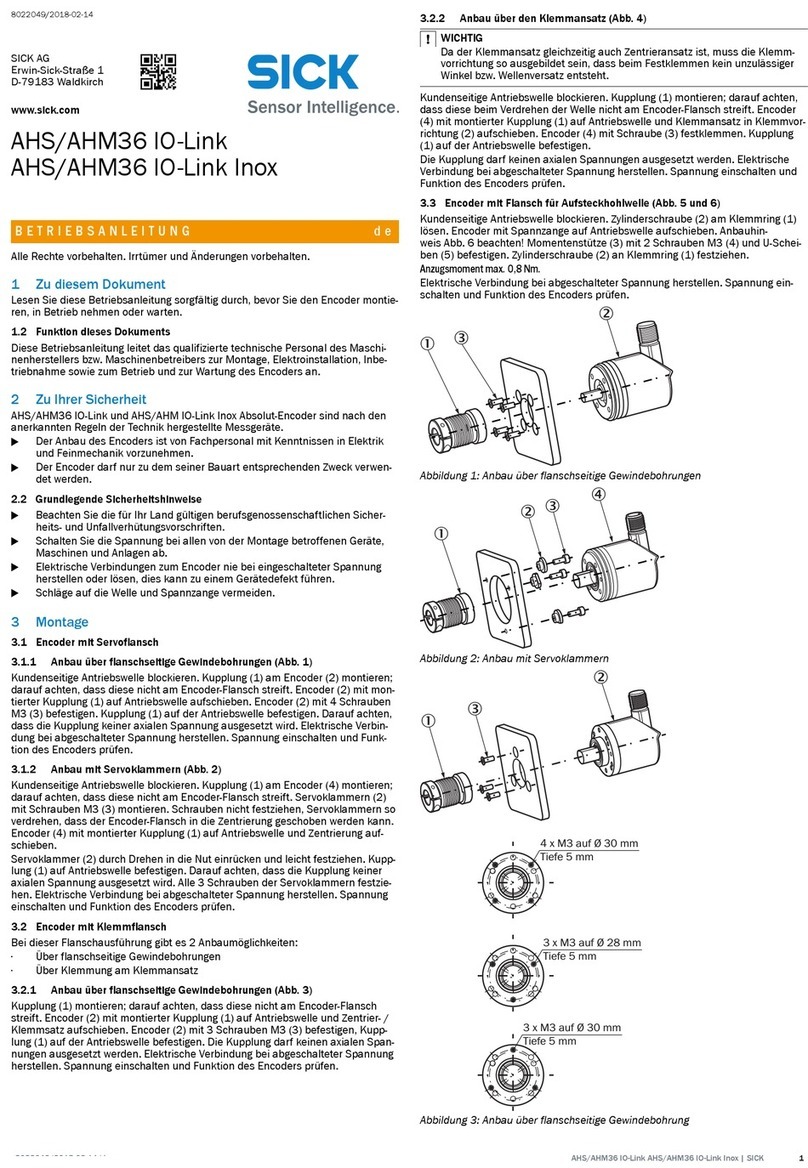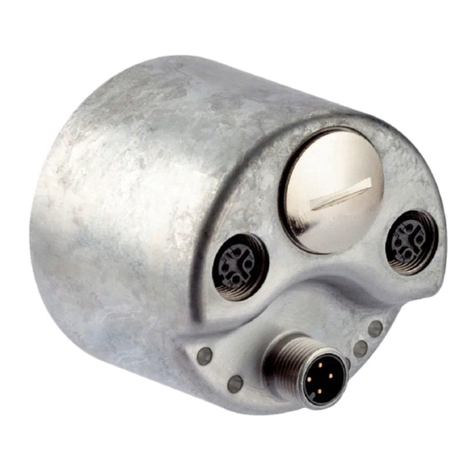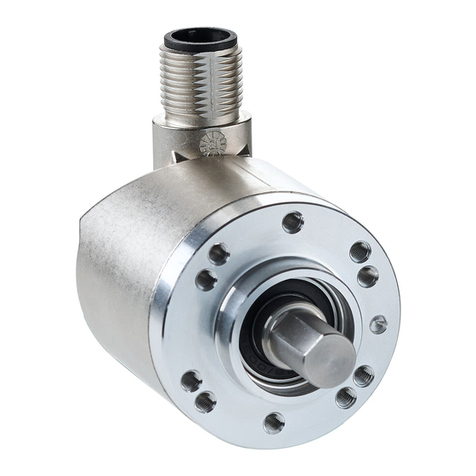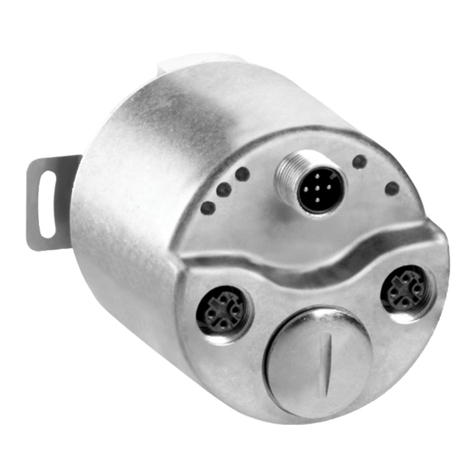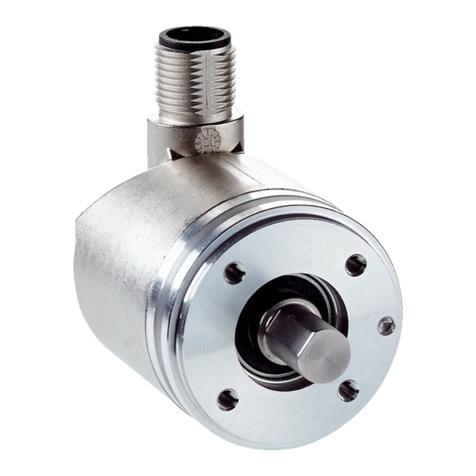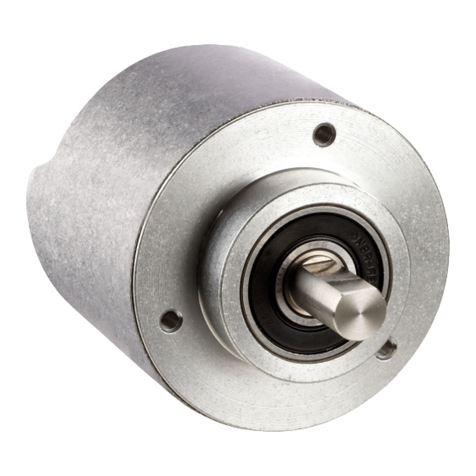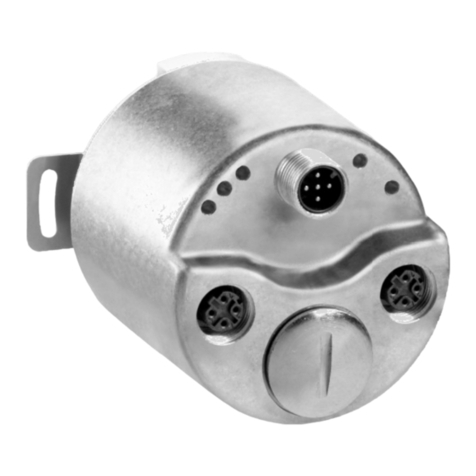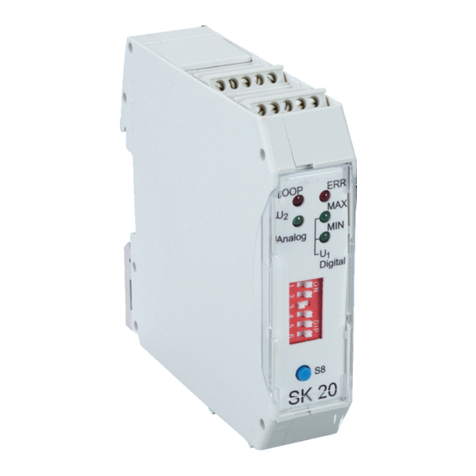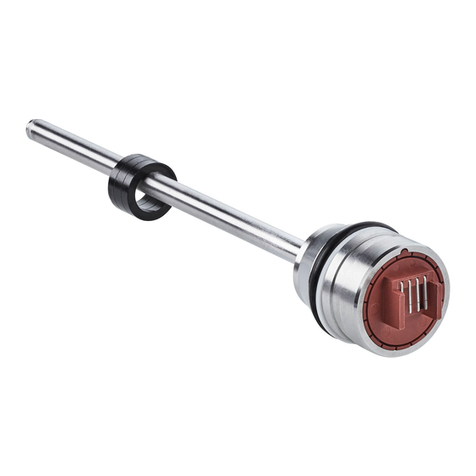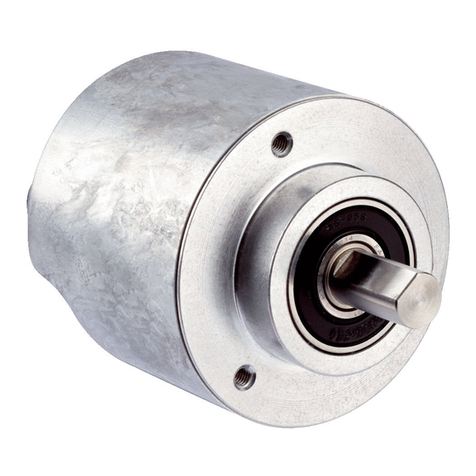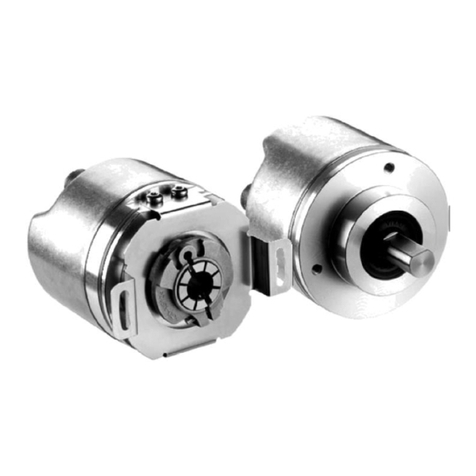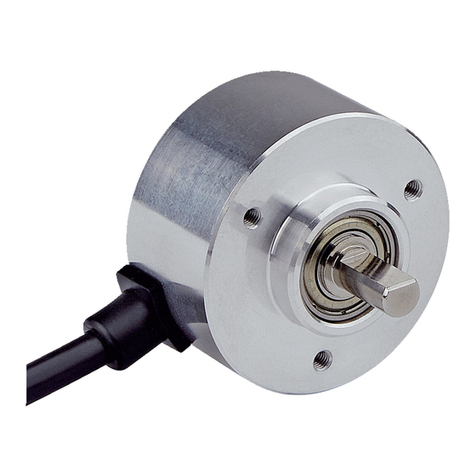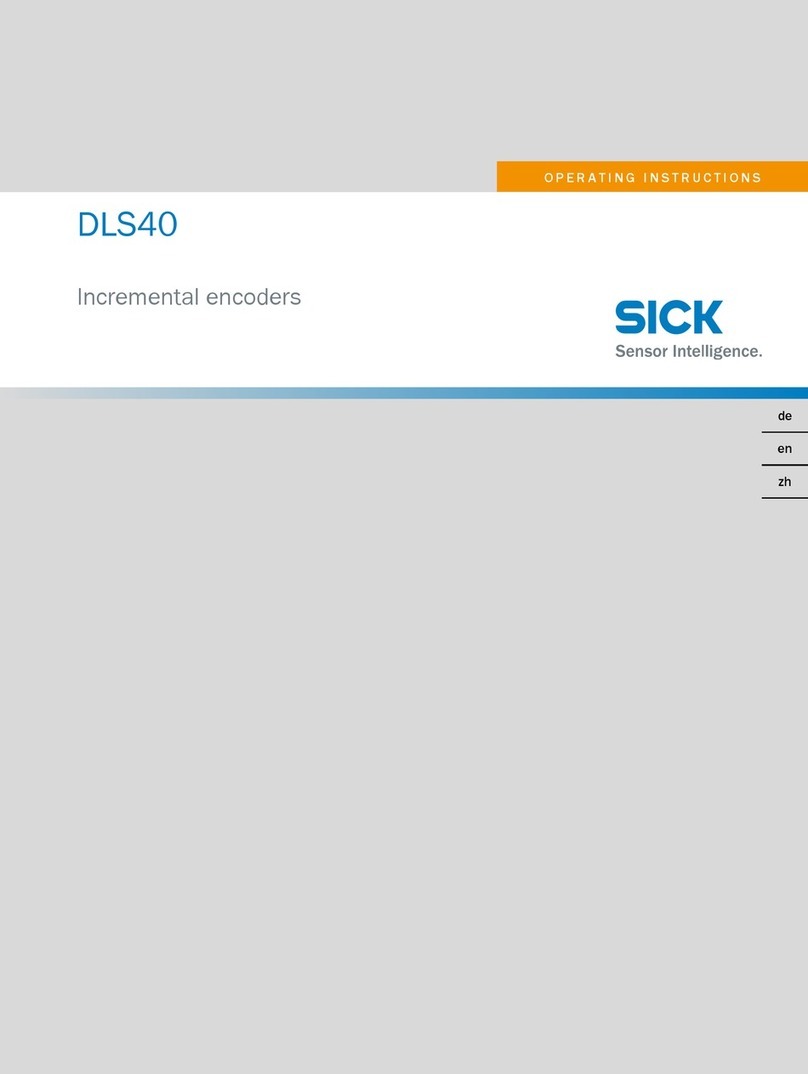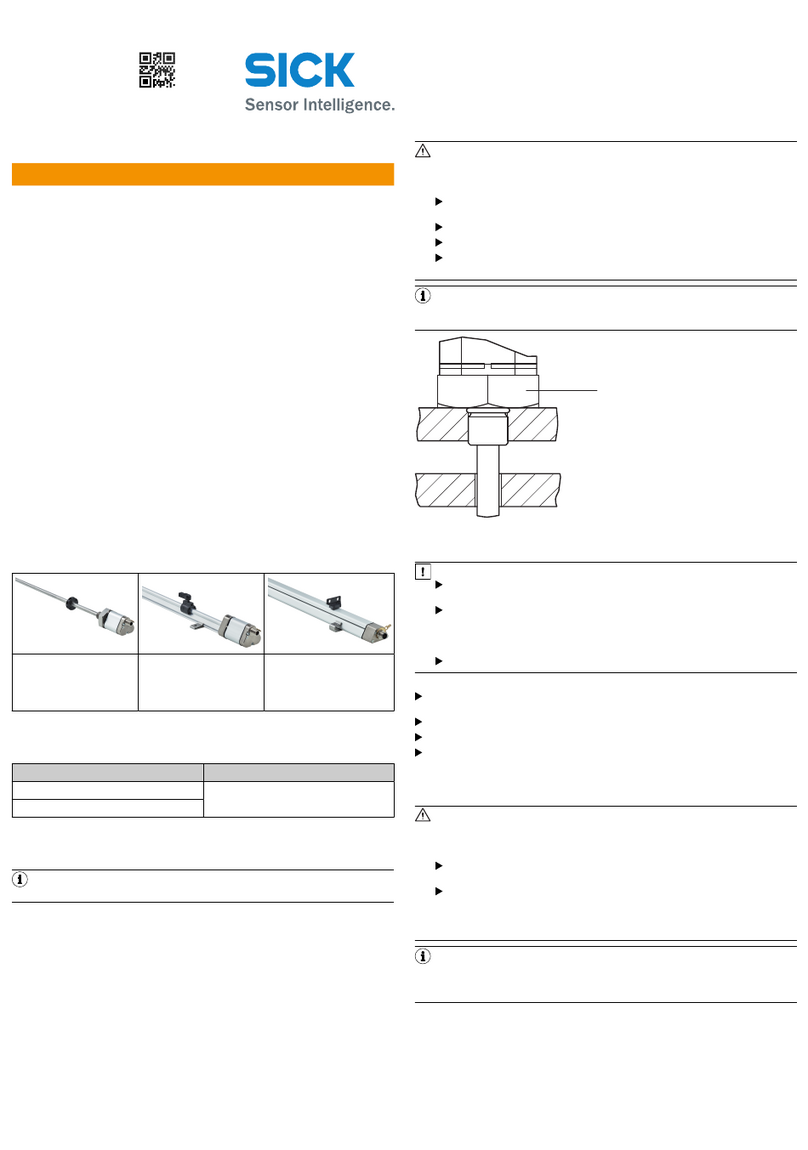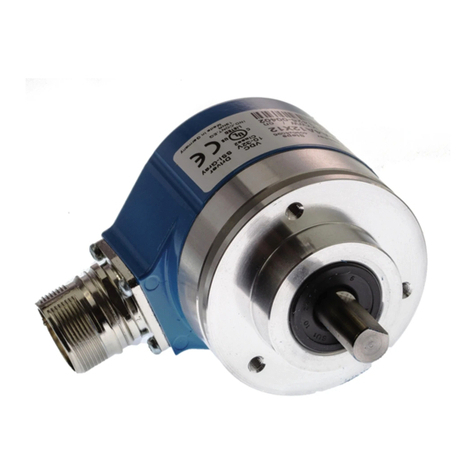
Contents
1 About this document........................................................................ 6
1.1 Purpose of this document........................................................................ 6
1.2 Target audience........................................................................................ 6
1.3 Further information................................................................................... 6
1.4 Symbols and document conventions...................................................... 6
1.4.1 Warning levels and signal words............................................. 6
1.4.2 Information symbols................................................................ 6
2 Safety information............................................................................ 7
2.1 General notes............................................................................................ 7
2.2 Intended use............................................................................................. 7
2.2.1 Purpose of the device.............................................................. 7
2.3 Responsibility of user............................................................................... 7
3 Product description........................................................................... 9
3.1 Device variants......................................................................................... 9
3.2 Product identification............................................................................... 9
3.3 Construction and function........................................................................ 10
4 Mounting............................................................................................. 12
4.1 Preparation and installation of the encoder........................................... 12
4.2 Installation cavity for encoder housing................................................... 15
4.2.1 Installation cavity in cylinder base.......................................... 15
4.2.2 Insertion chamfer.................................................................... 16
4.2.3 Bore hole for M12 male connector system and cable gland 18
4.2.4 Bore hole for the retaining screw............................................ 21
4.3 Installation cavity for the piston and piston rod..................................... 23
4.3.1 Bore hole for piston................................................................. 23
4.3.2 Piston rod bore hole................................................................ 23
4.4 Encoder installation.................................................................................. 24
4.4.1 Mounting in the cylinder.......................................................... 24
4.4.2 Mounting M12 male connector system................................. 26
4.4.3 Mounting cable gland.............................................................. 27
4.5 Installation of position magnet................................................................ 28
4.6 Cylinder design......................................................................................... 29
4.7 Cylinder handling after encoder installation........................................... 29
4.7.1 Washing and drying the cylinder............................................. 29
4.7.2 Electrostatic painting of the cylinder...................................... 30
5 Electrical installation........................................................................ 31
5.1 Electrical connection................................................................................ 31
5.1.1 Connection diagram, pin assignment for 4-pin M12 male
connector................................................................................. 31
5.1.2 Connection diagram, pin assignment for 5-pin M12 male
connector................................................................................. 31
CONTENTS
O P E R A T I N G I N S T R U C T I O N S | MAX®3
8022793/1EFT/2021-12-15 | SICK
Subject to change without notice


